The origins of the Tango dance
I got to teach a history of the tango dance this past week at Pitzer College, and I ran into these notes for a class I took long time ago at the FLACSO university in Buenos Aires. I think they are interesting. Specially since the notes are from an article by Inés Cuello who was my Dance History teacher at the Ballet School I attended in Buenos Aires.
The history of the Tango Danza (dance)
Ines Cuello states in her article included in the book: Antologia del Tango Rioplatense: Desde sus comienzos hasta 1920):
a) The beginning (1898-1904)
- Constant Improvisation
- Connection of dancers flexible
- close connection between music and the dance
- Dance with Corte, Quebrada, Taconeo, Balanceo, Paradas and crosses.
- Name of some patterns: carrerita o corrida, corte, media luna, vuelta.
- Patterns without a name are called FIRULETES
- The dance would require a flexible body and talented legs.
b) Adaptation (1905-1910)
- Dance competitions. More complicated choreographies that are simplified at the same time.
- Elaborated and more difficult figures for the competitions.
- El 'Cuatro" y la 'sentada"
- More popular, therefore not much traveling on the floor.
- 'Tango liso" does not require so much flexibility of the dancer.
c) Codification (1911-1916)
- Interest in establishing steps and figures.
- Description of steps and technique.
- Categories: "Paso cruzado", "Paso cortado", "Paseo", "Rueda" or "Cruzado cortado"
- Walk of flexible movement to the rhythm of the music.
- Dance: Slow, staccato, agile, light bending of the knee for cadence.
In summary, three styles were born: "el tango criollo", 'el tango liso", "el tango de salón".

